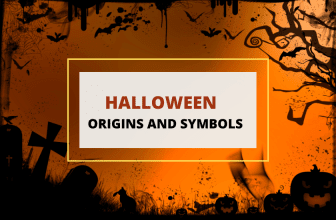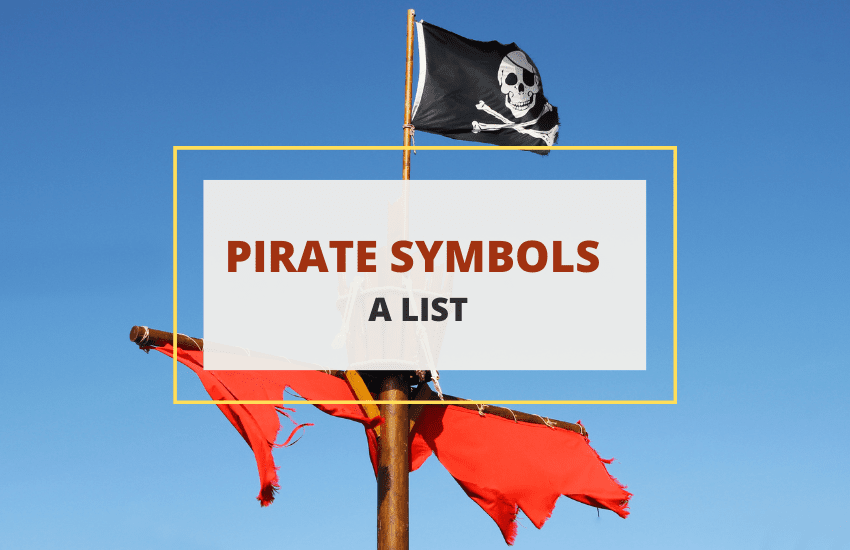
Table of Contents
During the Golden Age of Piracy (mid-17th to the early 18th century), pirates created and displayed a series of symbols on their flags. These symbols aimed to inform other sailors what to expect from a pirate crew whenever they were boarded by one.
Therefore, being able to understand their meanings was crucial for surviving an encounter with pirates.
In this article, you’ll discover which were some of the most famous pirate symbols from this period, along with their meanings and how they came to be.
What Is the Golden Age of Piracy?

The Golden Age of Piracy is a period known for the high peak in the piratical activity that took place in the Caribbean Sea and the Atlantic.
During this time, hundreds of experienced sailors turned to piracy, after having suffered the harshness of life working for a merchant or naval vessels.
Historians are still debating over which is the exact extension covered by this era. For this article, we will adopt the broader span of time attributed to this period, some eighty years— approximately from 1650 to 1730.
This is in consideration of the fact that by the mid-17th century, privateers were already using some of the symbols included on this list.
Privateers, we must add, were not pirates, as they acted following the laws of particular European nations. They were private sailors commissioned by their governments with the destruction or capture of ships that worked for other rival nations.
Purpose of Pirate Symbols During the Golden Age of Piracy
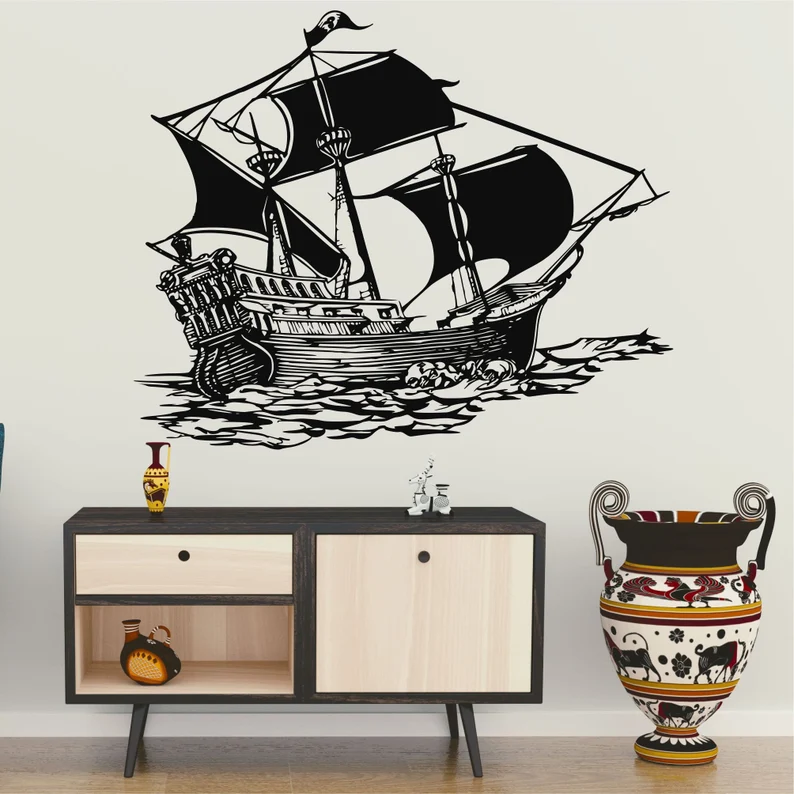
Unlike what the Pirates of the Caribbean films might have made some people think, pirates didn’t always go for the kill when they boarded a ship, as engaging in combat with another crew meant risking losing some men in the process.
Instead, corsairs preferred to try some intimidation tactics first, to make their targeted vessel surrender without a fight.
One of the most popular ways pirates had to intimidate their victims, as they approach them, was to display flags decorated with ominous symbols, the majority of which were designed to convey a very clear message: ‘A violent death is about to fall upon those who see this sign’.
Curiously enough, however terrifying these symbols were, most of them left open the possibility for a boarded crew to save their lives, if they surrendered without opposing any resistance.
This was not the case, for instance, with a red flag, which at the time was a well-known pirate symbol for ‘no mercy/no lives spared’.
1. Jolly Roger
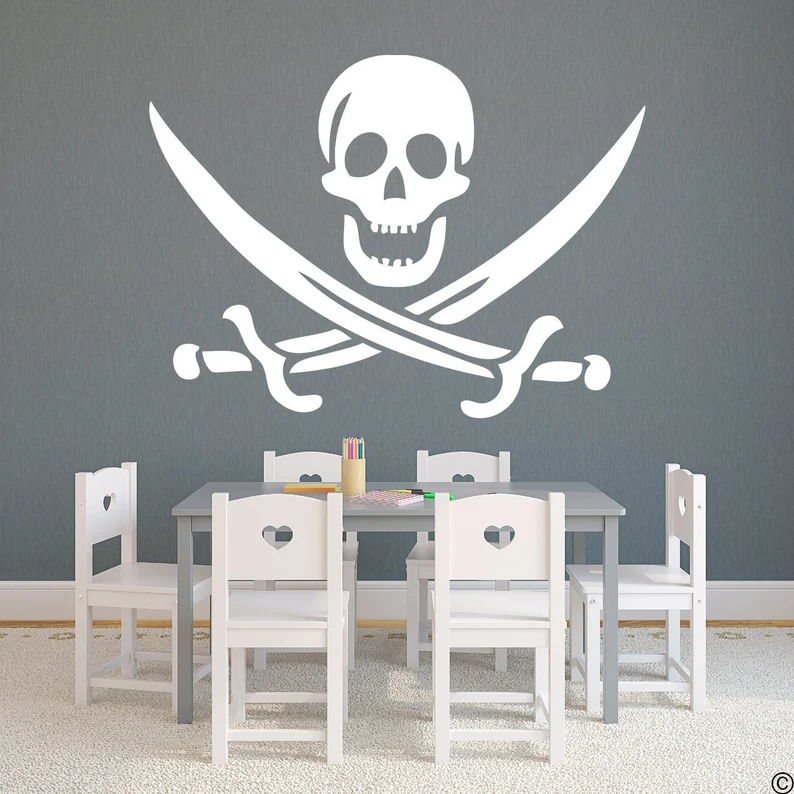
The Jolly Roger is probably the most known pirate symbol of all. Generally featured on a black flag, it consists of a skull placed above a pair of crossbones.
It’s believed that this symbol’s name comes from the French expression Jolie Rouge (‘Pretty Red’), which is a reference to the red flag flown by French privateers during the 17th century.
Back in the Golden Age of Piracy, understanding the meaning of this symbol was easy for those who saw it, as most sailors understood the sense of danger that the skull and crossbones conveyed.
In short, the message sent by the Jolly Roger was: ‘turn in your ship or die’. But not everything about this symbol was ominous, as the black background also implied that the pirates flying the Jolly Roger were primarily interested in robbing the goods of a soon-to-be boarded vessel and that they might spare its crew, given that they didn’t try to resist the pirates.
Regarding this symbol’s design, there are at least two historical accounts that try to explain its origin. According to the first one, this symbol was inspired by the mark used in logbooks to register the death of a crew member; a practice widely spread among European sailors during the Golden Era of Piracy.
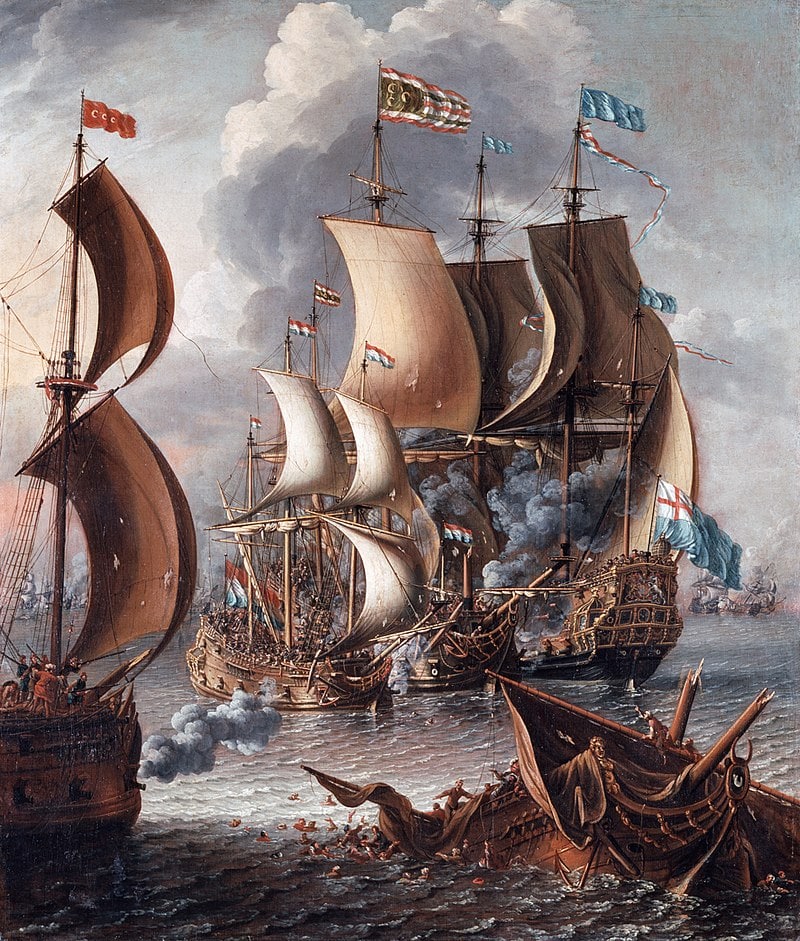
Another account suggests that the Jolly Roger symbol evolved from the design of the skull over a dark green background flag of the Barbary pirates. Barbary or Muslim pirates are much less known than their Caribbean counterparts.
However, these corsairs terrorized the waters of the Mediterranean Sea from the early 16th to the 19th century. So, it’s not unlikely that by the 1650s, many European sailors (and soon-to-be pirates in the New World) would have already heard about the Barbary pirates and their flag.
By the 1710s, many Caribbean pirates began featuring Jolly Rogers symbols on their flags to identify themselves as potential threats. Nevertheless, during the next decade, the English Navy set out to dismantle piracy in this part of the world, and, as a result of this crusade, most Jolly Roger flags were destroyed or lost.
Today, two of the remaining Jolly Rogers flags can be seen at the St. Augustine Pirate Museum in Florida, US, and the National Museum of the Royal Navy, in Portsmouth, England —there is one in each museum.
2. Red Skeleton

A red skeleton symbol on a pirate flag meant that a particularly violent death awaited those who came across the ship flying this emblem.
This symbol is most commonly associated with Captain Edward Low, who is thought to be its creator. The fact that Low was particularly prone to start bloodshed after capturing a ship makes this hypothesis all the more plausible.
Reports have it that Low would typically torture his prisoners and set their ships afire, with them onboard, after having taken his plunder. So, possibly many sailors considered Low’s red skeleton one of the worst symbols to see on the open seas.
3. Winged Hourglass
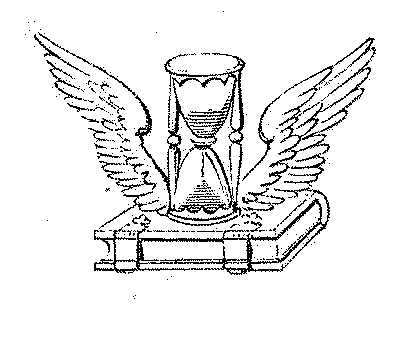
The winged hourglass symbol conveyed a clear message: ‘You are running out of time’. This symbol sought to remind the crew of a ship waylaid by pirates that they had but a few minutes to decide what to do when the corsairs flying this emblem reached them.
Pirate flags would usually display the winged hourglass symbol together with other equally terrifying motifs. This happened in the case of the Bloody Red, a distinctive red flag flown by the pirate Christopher Moody.
Moody’s flag showcased a winged hourglass next to a raised arm holding a sword, and a skull with a set of crossbones behind it. Most interpretations suggest that the two latter symbols reinforced the idea that a deadly strike awaited those who defy the holder of this banner.
4. Bleeding Heart
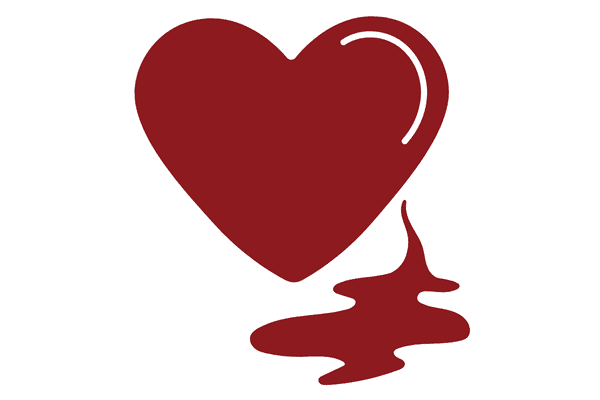
Among pirates, a bleeding heart symbolized a painful and slow death. If a pirate ship displayed this symbol, it probably meant that its crew was used to torture prisoners. This threat was not to be overlooked, given that pirates were particularly well known for their willingness to come up with new ways to inflict pain on others.
When featured on a pirate flag, the bleeding heart symbol was usually accompanied by the figure of a man (a pirate) or a skeleton (death). This figure was typically portrayed using a spear to pierce the bleeding heart, an image that could easily be associated with the notion of torture.
According to some unverified accounts, the flag described above was first popularized by the pirate Edward Teach (better known as Blackbeard), the famous captain of the Queen Anne’s Revenge.
5. Skeleton with Horns

A skeleton with horns was a pirate symbol for Satan. Now, to fully understand how this symbol was perceived during the Golden Age of Piracy, it’s important to remember that by the 16th century,
Christianism had since long shaped the religious imaginary of Europe. And, according to this imagination, Satan was the embodiment of evil, vice, and darkness.
Sailing under the sign of Satan was probably also a way to state that a pirate crew has completely rejected the norms of the civilized, Christian world.
6. Raised Glass with Skeleton
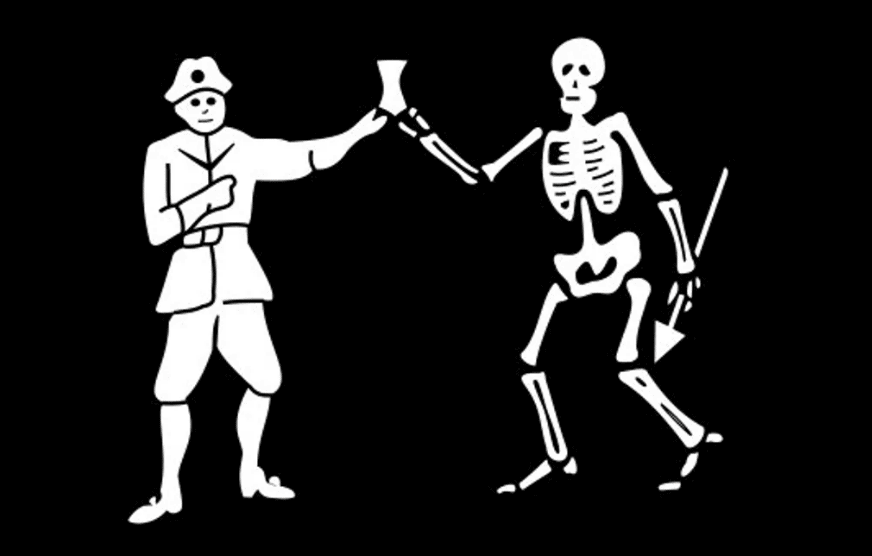
As with the last symbol, this one also uses the fear of Satan in its favor. A raised glass was supposed to represent having a toast with the Devil.
When a pirate ship flew a flag with this symbol, it meant that its crew or captain wasn’t afraid of anything, not even of Satan himself.
The raised glass might have also referred to the dissolute way of life that was so typical among pirates. Let’s remember that a pirate would spend a lot of time drunk when sailing, since clean, potable water was usually in short supply on pirate ships, whereas rum was not.
7. Naked Pirate
This symbol meant that a pirate captain or crew had no shame. This might be interpreted in two ways.
The first one points out the very well-known fact that pirates carried out a lawless existence, and that most of them had long abandoned any moral restraint.
However, this symbol could also suggest that the pirates from a certain ship had the habit of raping their female prisoners before killing them.
8. Skull between a Knife and a Heart
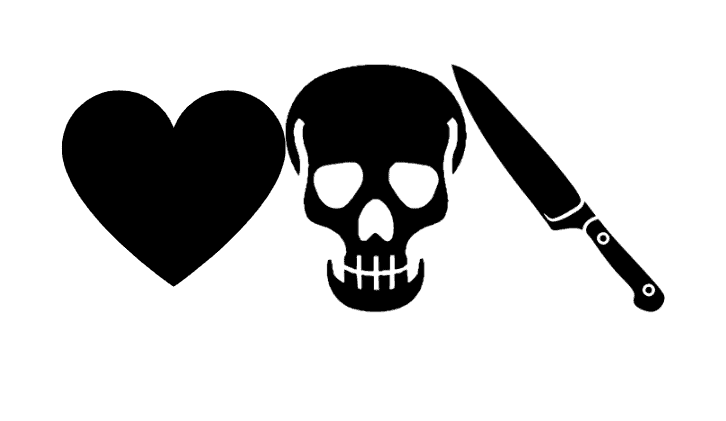
To understand the meaning of this symbol, we must first examine the elements placed on its extremes, the knife and heart. These two rather ominous motifs represent the two options that the sailors that were about to be boarded by pirates had:
Either securing their life by giving up without a fight (heart) or resisting the pirates and risking their life (knife).
In its center, this symbol has a white skull placed above a horizontal bone, a motif that is somewhat reminiscent of a Jolly Roger.
However, some have suggested that this skull represents instead a balance that has on its plates the two possible outcomes of having an encounter with pirates: being ‘peacefully’ robbed and spared or being killed if subdued by force.
9. Weapon Being Held
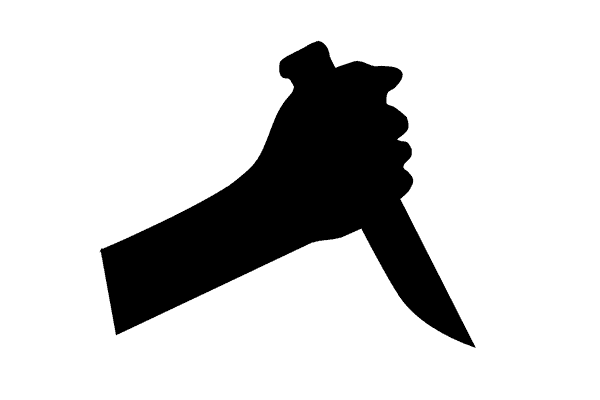
A weapon being held by an arm symbol represents that a pirate crew is ready to fight. According to some unverified accounts, Thomas Tew was the first pirate to adopt this symbol, which he reportedly featured on a black flag.
This symbol seems to have been made notorious first by Dutch privateers, who, curiously enough, were particularly popular for being merciless towards pirates—they killed hundreds of them during the 17th century alone.
Dutch privateers displayed a white arm holding a cutlass in the upper left corner of a red flag, widely known as the Bloedvlag (‘Blood Flag’).
Given the ferocity shown by Dutch privateers, it’s quite likely that pirates decided to adopt their iconic symbol to convey the idea that they too were formidable foes.
10. Pirate Menacing a Skeleton with a Flaming Sword
During the Golden Era of piracy, sailing under the symbol of a pirate menacing a skeleton with a flaming sword meant that a crew was brave enough to willingly challenge death if that’s what it took to obtain their plunder.
This symbol was featured on a black flag, which meant that, even though the pirates displaying this emblem were eager to engage in combat, they were also open to the possibility of letting the boarded ship’s crew go unharmed if they cooperated.
According to Captain Charles Jonhson’s A General History of the Robberies and Murders of the most notorious Pyrates (1724), the first pirate to use this symbol was Bartholomew Roberts, one of the most successful corsairs of the Golden Age of Piracy.
Wrapping Up
Pirate symbolism relied heavily on the need to efficiently convey a message (that the holder of a particular symbol posed a threat to whatever ship crossed paths with him).
This is why most pirate symbols are plain and can be easily understood; from this list, perhaps only the winged hourglass and the naked pirate symbols are not obviously linked to negative meanings.
These symbols also showed that pirates rightly understood how to create ominous emblems using the simplest of elements and that they even agreed (at least tacitly) on which symbols were the most effective.
This is shown by the fact that, by the 1710s, the use of Jolly Roger flags (the ones with the skull and crossbones symbol) was widely spread among pirates.
Similar Articles:
12 Popular Symbols of the Sea and What They Mean
18 Popular Symbols of Adventure and Their Meanings
Top 10 Symbols of Brotherhood and Their Meanings






